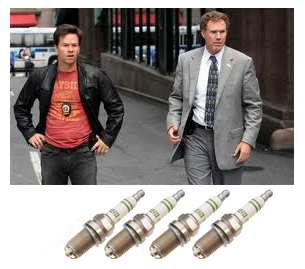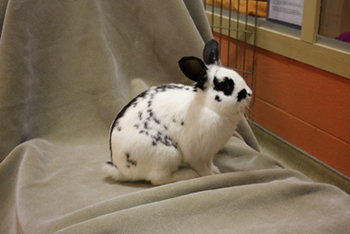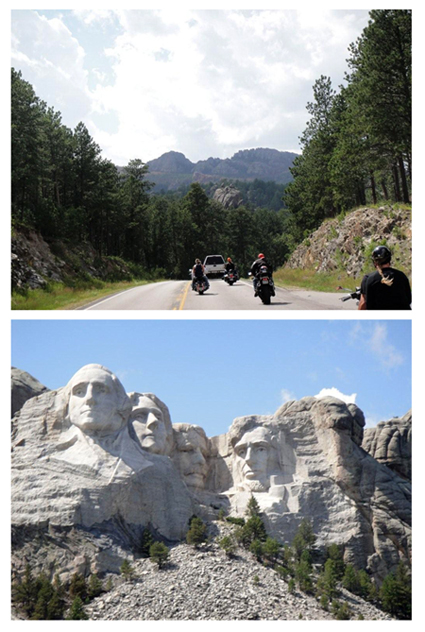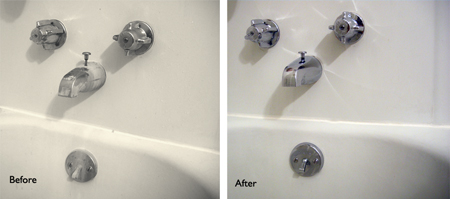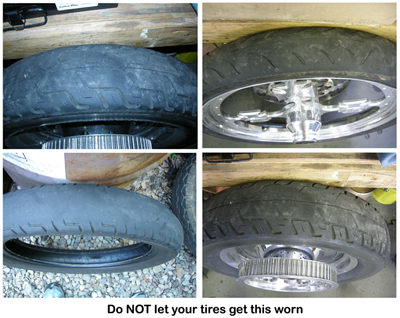
The riding season is in full swing and with that comes bikes needing new tires. We have been a little shocked at how many tires have come in completely worn down to nothing……… Here is a friendly reminder of just how important your tires are and how often you should be looking at them, checking air pressure and replacing them when worn. Don’t blow this off, this is probably the most important thing you can do to maintain your bike and yourself properly.
Always keep the motorcycle manufacturer’s recommended air pressure in both tires. This is an important requirement for tire safety and mileage. Your motorcycle owner’s manual will tell you the recommended cold inflation pressure. On some motorcycles, the recommended front and rear tire pressures will be different. The pressures stamped on the sidewall of the tire are only for maximum loads. On some occasions, these pressures will also be the manufacturer’s recommended settings as well.
Riding on tires with too little air pressure is dangerous. The tires will build excessive heat.
This can cause a sudden tire failure. Under inflation may also:
• Damage the tire, leading to tire failure
• Adversely affect vehicle cornering
• Reduce tire life
• Increase fuel consumption
• Cause fatigue cracking
Riding on tires with too much air can be dangerous. The tires are more likely to be cut, punctured, or broken by sudden impact. Do not exceed the pressure indicated on the tire sidewall. Consult your owner’s manual for the recommended inflation and other tire information.
Never inflate a tire unless it is secured to the motorcycle or a tire-mounting machine. Inflating an unsecured tire is dangerous. If it bursts, it could be hurled into the air with explosive force.
Valve Stems, Cores & Caps
Old or damaged valve stems and cores may cause air loss. Replace them when mounting new tires. Use caps (finger tight) on the valve stems to keep dust, dirt, and moisture away from the valve.
Matching Front and Rear Tires
Correct matching of front and rear tires is critical to obtaining optimum performance and handling. Never mount a rear tire in front or vice versa. Combining a new tire with a worn rear tire may cause instability. Always consult your manufacturer before modifying your motorcycle’s tires from stock.
Checking Tire Inflation
Check your tire air pressure at least once a week and before long trips. Be sure to use an accurate pressure gauge.
Check your air pressure when the tires are “cold.” The tires are “cold” when your motorcycle has been ridden less than a mile at moderate speed or after being stopped for three or more hours. Never release air from a hot tire in order to reach the recommended cold tire pressure. Normal riding causes tires to run hotter and inflation pressure to increase. If you release air when your tires are hot, you may dangerously under inflate your tires.
If your tires lose more than two pounds per square inch (2 psi) per month, the tire, the valve, or wheel may be damaged. Consult your local dealer for an inspection.
Use valve caps to keep valve cores clean and clear of debris and to help guard against air leakage
Tire Loading
Riding your motorcycle in an overloaded condition is dangerous. Overloading causes excessive heat to build up in your tires. This can lead to sudden tire failure while the tire is overloaded or at some later date.
Break-in Period
In order for your new tire(s) to provide optimum performance, tires should be ridden very cautiously for the first 100 miles in order for the tread surface to be “Scuffed-In” and work properly. Directly after new tires are mounted, sudden acceleration, maximum braking, and hard cornering must be avoided. This will allow the rider to adjust to the feel and handling characteristics of the new tire and for the new tire to be “Scuffed-In” correctly in order to achieve optimum grip level.

